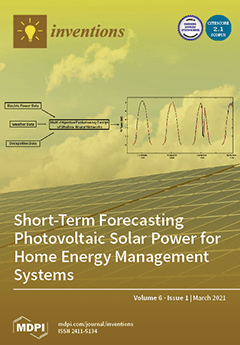Thermal power plants in different fields are regularly adapted to the state-of-the-art emissions standards, applying “The Best Available Techniques Reference”. Since 2016 in the power plant area new, more stringent limits for power plant units with a thermal output of more than 300
[...] Read more.
Thermal power plants in different fields are regularly adapted to the state-of-the-art emissions standards, applying “The Best Available Techniques Reference”. Since 2016 in the power plant area new, more stringent limits for power plant units with a thermal output of more than 300 MW operated with black coal are valid. Usually, in order to reach the new limits e.g., for NO
X emissions, downstream reduction processes (Selective Non-Catalytic Reduction, SNCR or Selective Catalytic Reduction) are applied, which use of operating resources (essentially ammonia water) thereby increase. By the means of an experimentally validated process, by which pulverized fuel is fed by oscillation through a swirl burner into a pilot combustion chamber with a thermal output of 2.5 MW, nitrogen oxides can be reduced without further activities, for instance from 450 mg/m
N3 in non-oscillation operation mode (0 Hz) to 280 mg/m
N3 in oscillation operation mode (3.5 Hz), normalized to an O
2–content of 6% each. These findings were patented in EP3084300. Particularly promising are the experiments which utilize oscillation of a large portion of the burn out air instead of the fuel in order to minimize the fatigue of the pulverized fuel oscillator, amongst others. Thereby, the nitrogen conversion rate, which describes the ratio of NO
X to fuel nitrogen, including thermal NO
X can be reduced from 26% for non-oscillation operation mode down to 16%. The present findings show that fuel oscillation alone is not sufficient to achieve nitrogen oxides concentrations below the legislative values. Therefore, a combination of different primary (and secondary) measures is required. This paper presents the experimental results for oscillating coal-dust firing. Furthermore, an expert model based on a multivariate regression is developed to evaluate the experimental results.
Full article





